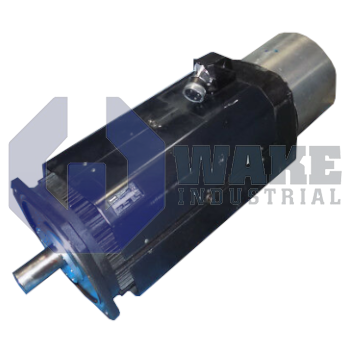Product Description
The MAD100C-0050-SA-S2-EH0-35-N1 industrial asynchronous motor is a unique industrial motor produced by Rexroth Indramat to provide industrial machines with kinetic energy. This industrial motor is a very flexible device that can be used with a broad range of production and processing machines, including textile machines, food processing machines, paper converting machines and lots more. Unlike conventional electrical motors, the MAD100C-0050-SA-S2-EH0-35-N1 industrial asynchronous motor can maintain an operational efficiency as high as 95 per cent for more than five years without the risk of sudden machine breakdown. This industrial motor is also an environmentally friendly device free of dangerous chemical substances such as asbestos and mercury; under normal operating conditions, the motor does not generate a noise pressure level exceeding 73 decibels.
The MAD100C-0050-SA-S2-EH0-35-N1 industrial asynchronous motor is designed to operate with a rated input current of about 8.2 amperes; at this current, the motor generates a rated power output of 2.7 kilowatts and a rated torque of about 51-newton meters. The rated operational speed of this industrial motor is also about 500 revolutions per minute. The MAD100C-0050-SA-S2-EH0-35-N1 industrial asynchronous motor is about 527 millimetres long with a centring diameter of about 206 millimetres. The motor also has a total weight of about 59 kilograms.
The MAD100C-0050-SA-S2-EH0-35-N1 industrial motor regulates its operational temperature by surface cooling, to aid this temperature regulation process, the motor should be installed in a position that exposes it to cool air. The communication between the MAD100C-0050-SA-S2-EH0-35-N1 industrial motor and the drive controller occurs through a motor feedback cable which supplies the controller with the digital signals it requires to monitor the operational status of the motor. The motor also connects to the drive controller through a power cable designed to deliver the motor with the controlled electrical energy it requires for operation.
 Wake Industrial Warranty
Wake Industrial Warranty















